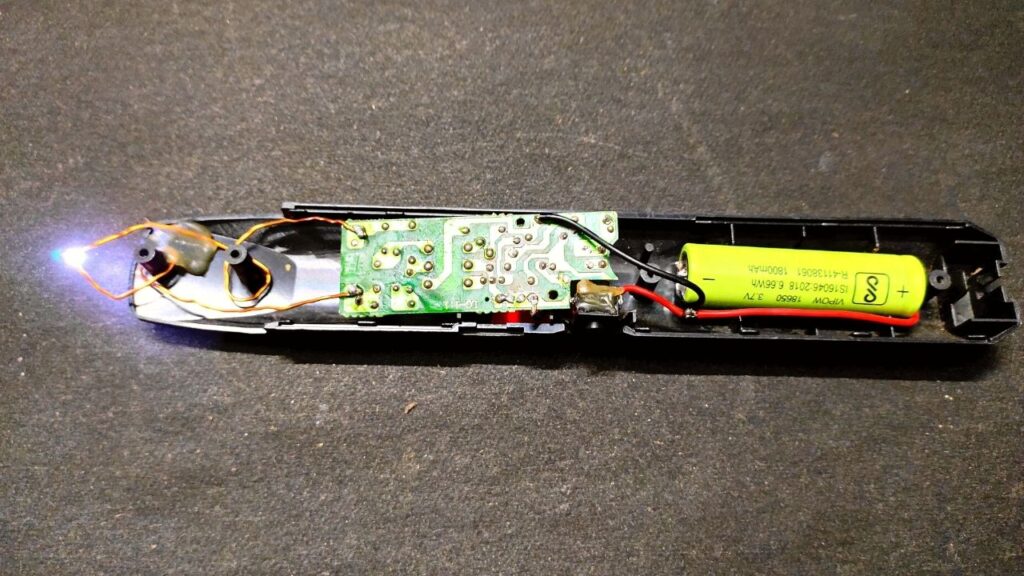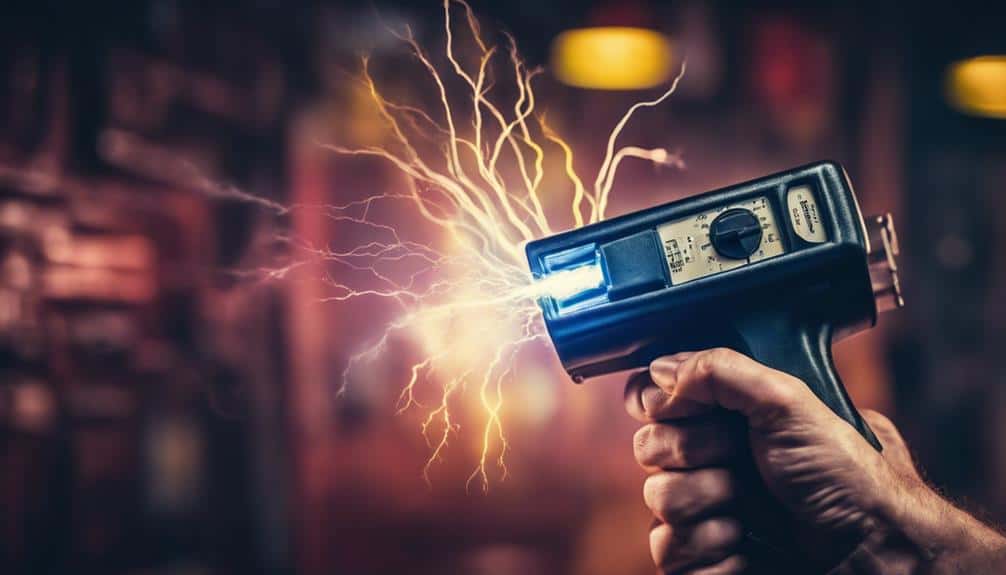Stun Gun Voltage Guide: Understanding The Power Behind Personal Safety Devices
In today's world, personal safety is a growing concern for many individuals. With the increasing rates of crime and personal threats, effective self-defense tools like stun guns have gained popularity. However, understanding the voltage of stun guns is crucial for making informed decisions about their use and effectiveness. This comprehensive guide will delve into the intricacies of stun gun voltage, helping you navigate the choices available for your safety needs.
Stun guns work by delivering a high-voltage electric shock to temporarily incapacitate an attacker, providing you with the opportunity to escape dangerous situations. The voltage of a stun gun plays a significant role in its effectiveness; hence, knowing the differences in voltage can help you choose the right device. This guide will cover the fundamentals of stun gun voltage, how it impacts performance, and what you need to consider before making a purchase.
From understanding the basics of electrical voltage to exploring the various factors that influence a stun gun's performance, this article aims to equip you with the knowledge necessary for making a confident choice. Whether you are a first-time buyer or looking to upgrade your current self-defense tool, this stun gun voltage guide will serve as a valuable resource.
- Jack Wagner The Multifaceted Career Of A Television Icon
- Game Awards Voting Everything You Need To Know
Table of Contents
- Understanding Voltage in Stun Guns
- How Stun Guns Work
- Importance of Voltage in Stun Guns
- Stun Gun Voltage Range
- Factors Affecting Stun Gun Performance
- Safety Considerations When Using Stun Guns
- Choosing the Right Stun Gun
- Conclusion
Understanding Voltage in Stun Guns
Voltage is a measure of the electric potential difference between two points. In the case of stun guns, it indicates the amount of electrical energy that the device can deliver to an attacker. Stun guns typically operate in the range of thousands to millions of volts, which can be misleading without understanding the context of amperage and overall design.
When discussing stun guns, it's essential to differentiate between voltage and amperage. While voltage measures the potential energy, amperage measures the current flow. A stun gun with high voltage but low amperage may not be as effective as one with a balanced voltage and amperage combination.
Key Terms
- Voltage (V): The electric potential difference.
- Amperage (A): The flow of electric current.
- Wattage (W): The power consumption calculated as Voltage x Amperage.
How Stun Guns Work
Stun guns deliver a high-voltage shock that disrupts the body's muscle control and causes temporary paralysis. When the electrodes of the stun gun make contact with the target, it sends a jolt of electricity through the body, which can incapacitate an attacker for several minutes.
- Mindy Mccready A Deep Dive Into The Life Of A Country Music Star
- Understanding Greg Gutfelds Health Insights Into His Illness
The effectiveness of a stun gun depends on several factors, including the voltage, the duration of the shock, and the distance from the target. Most stun guns require close proximity to the attacker for optimal results, which is why it is crucial to be aware of your surroundings and practice using the device.
Importance of Voltage in Stun Guns
The voltage of a stun gun is a critical factor in its ability to incapacitate an attacker effectively. Higher voltage levels can penetrate clothing and deliver a more substantial shock, increasing the likelihood of incapacitation. However, voltage alone is not the sole indicator of a stun gun's effectiveness.
Understanding the relationship between voltage, amperage, and the stun gun's design will help you make an informed decision. A stun gun with a higher voltage may not necessarily be safer or more effective if it lacks the appropriate amperage or if the design does not facilitate effective delivery of the electric shock.
Stun Gun Voltage Range
Stun guns can range significantly in voltage, typically from 20,000 volts to over 1 million volts. Here's a breakdown of the common voltage ranges:
- Low Voltage (20,000 - 100,000 volts): Suitable for personal protection in low-risk situations.
- Medium Voltage (100,000 - 500,000 volts): Offers a stronger deterrent against potential attackers.
- High Voltage (500,000 volts and above): Designed for maximum incapacitation, effective against multiple attackers or those under the influence.
Factors Affecting Stun Gun Performance
Several factors influence the overall performance of a stun gun beyond voltage:
- Amperage: As mentioned earlier, amperage plays a crucial role in delivering an effective shock.
- Duration of Shock: The longer the shock is delivered, the more effective it is in incapacitating an attacker.
- Electrode Design: The design and placement of electrodes can impact the effectiveness of the stun gun.
- Environmental Conditions: Factors such as clothing thickness and moisture can affect conductivity and performance.
Safety Considerations When Using Stun Guns
While stun guns are legal in many areas, it is crucial to understand the laws and regulations regarding their use. Additionally, proper training in using a stun gun can enhance your safety and effectiveness. Here are a few safety tips:
- Always keep the stun gun charged and ready for use.
- Avoid using a stun gun in crowded places where innocent bystanders may be affected.
- Familiarize yourself with the stun gun's operation before an emergency arises.
- Use the stun gun only in life-threatening situations to avoid legal repercussions.
Choosing the Right Stun Gun
When selecting a stun gun, consider the following factors:
- Voltage: Determine your needs based on potential threats and environments.
- Size and Weight: Choose a stun gun that is easy to carry and use effectively.
- Rechargeable vs. Disposable: Decide if you prefer rechargeable options or those that require battery replacement.
- Legal Restrictions: Check local laws regarding stun gun ownership and usage.
Conclusion
Understanding stun gun voltage is essential for anyone considering these devices for personal safety. Voltage plays a significant role in how effectively a stun gun can incapacitate an attacker, but it is not the only factor to consider. By understanding the relationship between voltage, amperage, and other performance factors, you can make an informed decision when selecting a stun gun that meets your self-defense needs.
As you weigh your options, consider your personal situation and the legal implications of carrying a stun gun. Always prioritize safety and proper usage to ensure that you are prepared to protect yourself when necessary. Don’t hesitate to leave a comment below or share this article with others who may benefit from this information.
Thank you for reading our comprehensive stun gun voltage guide. We hope you found it informative and helpful. Be sure to check back for more articles on personal safety and self-defense strategies!
- Kathleen Turner The Iconic Actress And Her Journey In Hollywood
- Trumps 15 Promises A Comprehensive Analysis

HighVoltage Stun Gun Using 555 Timer

A Guide to Stun Gun Voltage Safety Technology

Stun Guns With The Highest Voltage at Pearl Bender blog